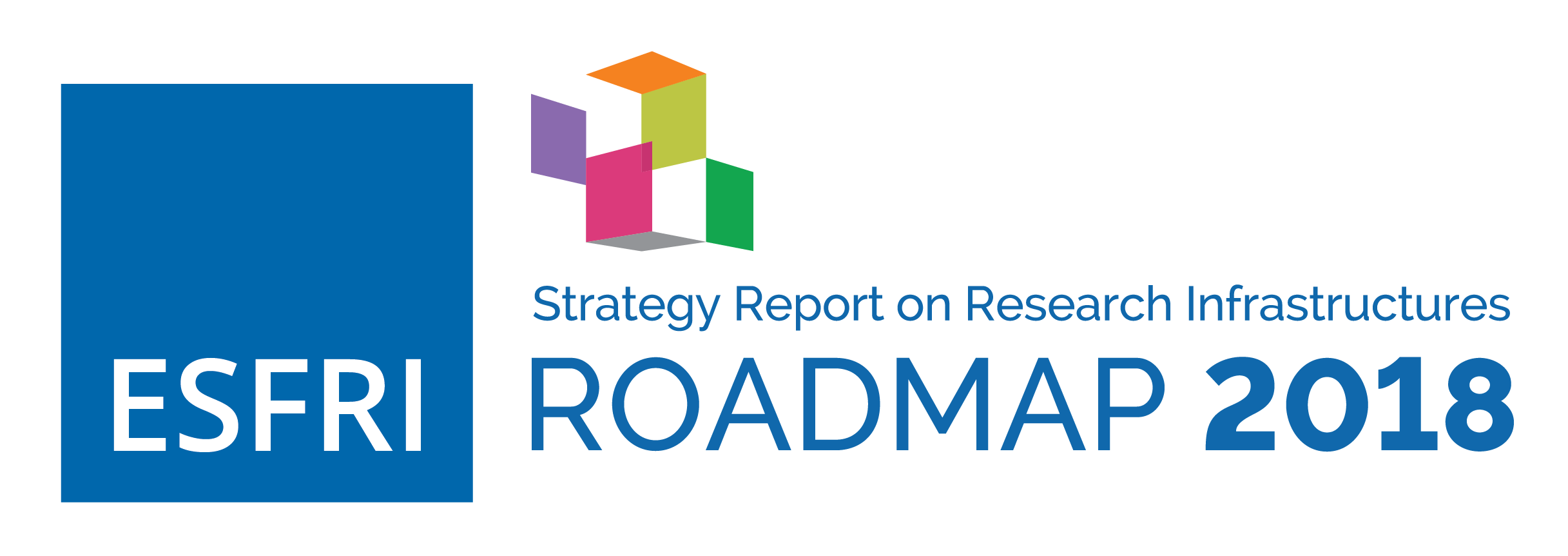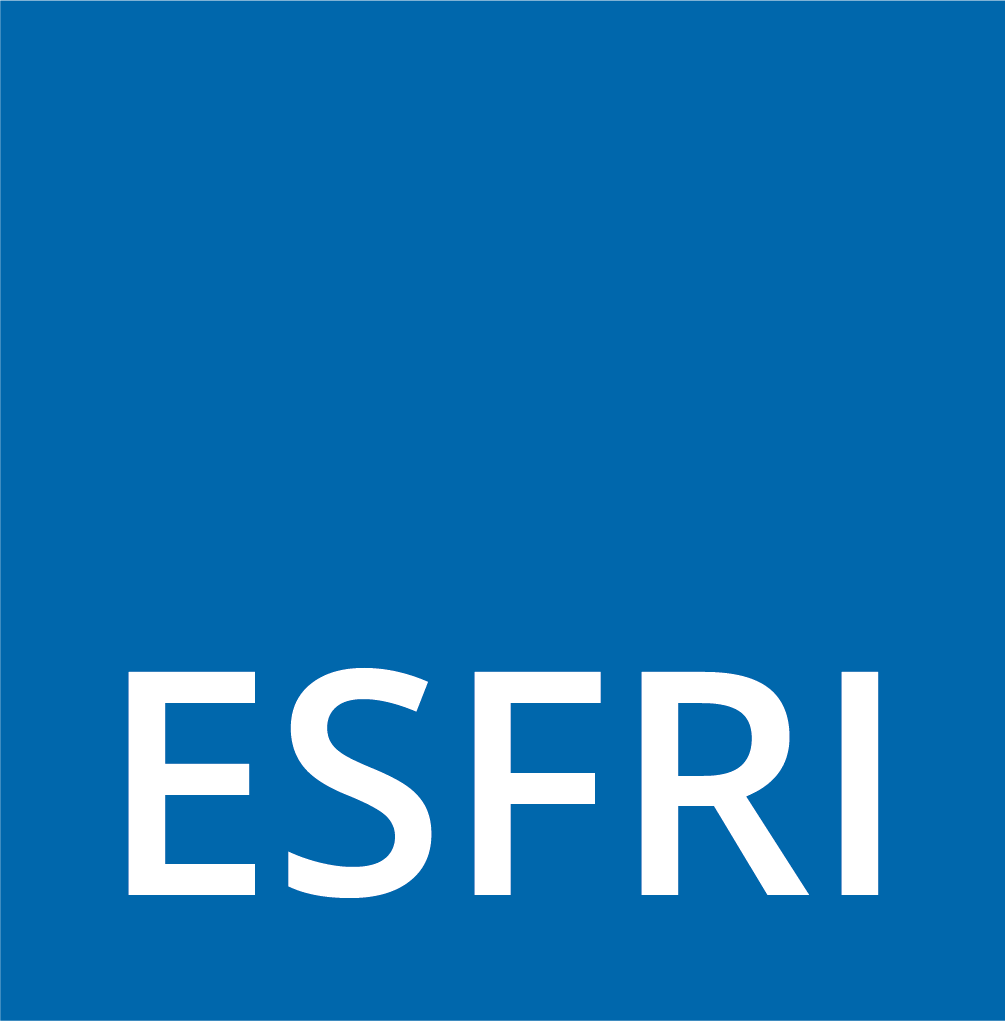The Food Challenge
The global demand for food is predicted to increase 50% by 2030 and 100% by 2050. In many European countries, the growth trends of the yields of major crops, especially wheat, have declined over the past two decades and the variability of crop yields has increased as a consequence of extreme climatic events, such as the summer heat of 2003, which led to 36 billion € economic losses. FAO’s 2016 report on the State of Food and Agriculture estimates decrease in yield of major European crops like wheat, maize and soybean under different climate scenarios. We need to produce more food whilst considering the influence of a changing climate, by increasing crop yield, and the efficiency, resilience and sustainability of the food chain, i.e. more product for less water, energy and chemical inputs. Substantial improvements with regard to livestock production are also needed, including new or more efficient strategies for preventing and managing livestock pathogens and the impact of antimicrobial resistance. But food security is also about improving nutritional and health benefits of foods, and making it accessible and affordable, globally, also minimising food waste. The UN sustainable development goals set food waste reduction targets of the following “halve per capita global food waste at the retail and consumer level, and reduce food losses along production and supply chains by 2030”. Additionally, the Paris Agreement in 2015 recognised the important role of food production system in a changing climate and offers many opportunities in the food and farming sectors to limit the global temperature increase to well below 2 degrees.
The food system is by far the largest industrial sector in Europe in terms of turnover, value added and employment. In 2014, the activities with the strongest growth were agriculture, forestry and fishing (2.8%) and food services (2.1%) among others. An innovative bioeconomy in support of a green growth strategy that combines economic growth, natural resource preservation, highly efficient resource utilisation in well integrated value chains and greenhouse gas reduction is necessary. The bioeconomy is estimated to be worth at least 2 trillion € in the EU and employing around 22 million people. The objective is to secure sufficient supplies of safe, healthy and high quality food and other bio-based products, by developing resource-efficient primary production systems, fostering related ecosystem services and the recovery of bio-diversity, alongside competitive and low carbon supply chainsHow to feed the world in 2050. Food and Agriculture Organization of the United Nations (FAO), 2009 http://www.fao.org/fileadmin/templates/wsfs/docs/expert_paper/How_to_Feed_the_World_in_2050.pdfClimate Change 2014, Synthesis Report - IPCC, 2014 http://www.ipcc.ch/report/ar5/syr/A European science plan to sustainably increase food security under climate change. Soussana et al. Global Change Biology 18 (11), p. 3269–3271, 2012European Statistics (Eurostat) - European Commission, 2008 http://ec.europa.eu/eurostatThe Joint Programming Initiative on Agriculture, Food Security and Climate Change (FACCE-JPI) https://www.faccejpi.comJoint Programming Initiative – A Healthy Diet for a Healthy Life (JPI-HDHL) https://www.healthydietforhealthylife.eu/A Bioeconomy Strategy for Europe, 2012 http://ec.europa.eu/research/bioeconomy/index.cfmSustainable Agriculture, Forestry and Fisheries in the Bioeconomy. A Challenge for Europe. 4th SCAR Foresight Report, 2015 https://ec.europa.eu/research/scar/pdf/ki-01-15-295-enn.pdf ustainable Development Goals 17 Goals to Transform the World https://www.un.org/sustainabledevelopment/sustainabledevelopment-goals/. The food system fits in the concept of circular economy as a regenerative system that aims to preserve and enhance natural capital, optimises resource yields, and minimises system risks. Embedded in the framework of sustainable development, the goal is to produce goods and services while reducing the consumption and wastage of raw materials, water and energy sourcesCircular Economy European Summit http://www.circulareconomysummit.com/. The blue economy is another area with great potential for innovation and growth, representing roughly 5.4 million jobs and generating a gross added value of almost 500 billion € a yearMaritime affairs, Integrated maritime policy – Blue Growth https://ec.europa.eu/maritimeaffairs/policy/blue_growth_en There is a need to continue developing the marine biotechnology pipeline towards Blue Growth, and deliver the long term strategy to support sustainable growth in the marine and maritime sectorsThe European Marine Biological Research Infrastructure Cluster: An Alliance of European Research Infrastructures to Promote the Blue Bioeconomy - Grand Challenges in Marine Biotechnology, pp 405-421, Piña M. et al., 2018 https://link.springer.com/chapter/10.1007%2F978-3-319-69075-9_10
Important steps have been taken with G7 Future of the Seas and Oceans InitiativeG7 Future of Seas and Oceans http://www.g7italy.it/sites/default/files/documents/ANNEX%201_WG%20Future%20of%20the%20Seas%20and%20Oceans.pdf , COP21COP21 http://www.cop21paris.org and FOOD 2030. The realisation of these, among other large initiatives, will require new collaborations between Research Infrastructures and perhaps new configurations and approaches.
Europe is well placed to address these issues. The European RIs currently on the Roadmap constitute the starting point to achieve this ambitious goal for Europe: the ESFRI Project AnaEE (Infrastructure for Analysis and Experimentation on Ecosystems) on experimental manipulation of managed and unmanaged terrestrial and aquatic ecosystems, the ESFRI Project EMPHASIS (European Infrastructure for Multi-scale Plant Phenomics and Simulation), the ESFRI Landmark EMBRC ERIC (European Marine Biological Resource Centre) on marine ecosystems and biological resources, the ESFRI Landmark ICOS ERIC (Integrated Carbon Observation System, ENV) on high precision monitoring of greenhouse gas fluxes, other RIs from the ENV domain, the ESFRI Project MIRRI (Microbial Resource Research Infrastructure) on microorganisms-oriented services applied to biotechnology and food production, the ESFRI Landmark Euro-BioImaging on integrating imaging technologies and services (with links to crop phenotyping), the ESFRI Landmark ECRIN ERIC on clinical trials and nutritional trials, the ESFRI Landmark INSTRUCT ERIC on the use of structural biology to support plant and animal sciences, the ESFRI Project ISBE on integrated approach to food systems, and the ESFRI Landmark ELIXIR on life sciences large-scale data and knowledge management – applied to agriculture and bioindustries – and their links to other multidisciplinary RIs (see Figure 4).

Figure 4. The indicative position of ESFRI Research Infrastructures relative to the different levels of organisation in the Food domain




